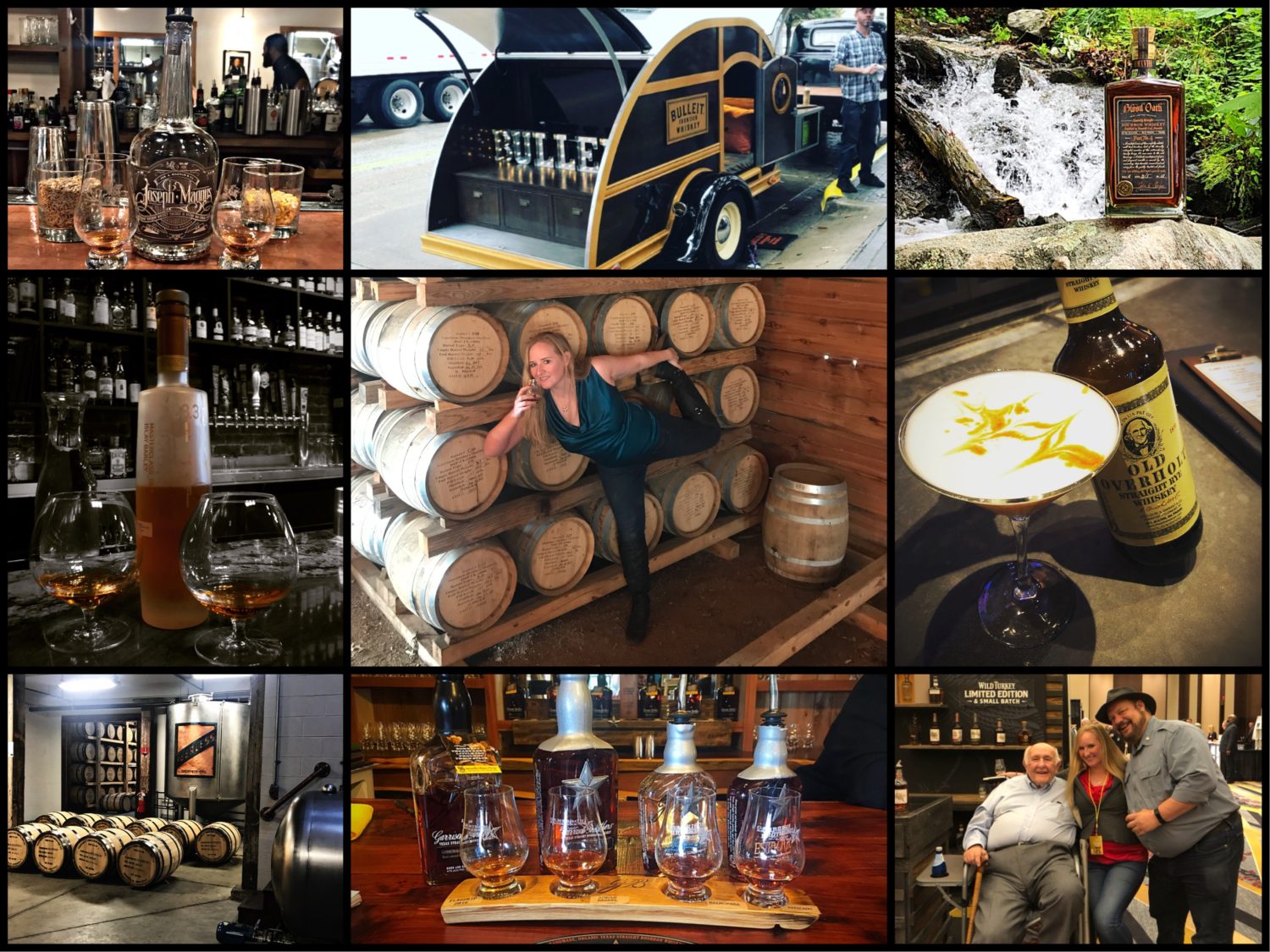Which Whiskey and how is it made? Part 4 Irish Whiskey: They put the “e” in Whiskey

Irish whiskey dates 90 years before the first record of scotch. The term aqua vitae (the old term water of life) has also been used to identify this wonderful beverage. The Irish not only beat the Scottish and Americans to whiskey but they hold the title for the world’s first licensed distiller, the Bushmills distillery in 1608. Irish whiskey was the world’s most popular whiskey during the late 1700’s and early 1800’s the distillers including John Jameson decided to distinguish Irish whisky by adding the “e” to the spelling of whiskey on their mark on the world whiskey market influencing the United States to adopt the spelling of whiskey with a “e”. This is not the only way that Irish whiskey stands out from other whiskeys. Irish whiskey distillers have more freedom during the distilling process than distillers of any other whiskey described.
Irish whiskey does not limit ingrediencies used in the mash to a certain percentage of of corn, wheat, malted barley, and unmated barley. They can use a malting process similar to scotch when drying the barley; they can use smoke and peat. After that the grains are mashed and fermented using yeast similar to bourbon, rye, and scotch. The mash is heated with water and becomes sugar that the yeast happily gobbles up to creates alcohol. The alcohol is double distilled at a minimum and at times triple distilled for taste. The distilling process has to stay below 188 proof to maintain the carefully crafted flavors from the mash. It can be aged in any type of wooden barrel for at least three years. This has led to popular trends like Jameson’s line of caskmates, which are produced by aging their whiskey in beer barrels. It also leads to Irish whiskey have some of the most diverse flavors of all of the types of whiskey. Once the whiskey is ready for bottling it must be at least 80 proof. The only things that can be added at this point are caramel coloring and water. Like scotch, there are different classifications depending on the mash and aging process.

There are five different classifications of Irish Whiskey. The First type, like with scotch, is single malt Irish whiskey which is made only from malted barley. Also like scotch, this is considered the highest class of Irish whiskey. The next classification is grain Irish whiskey made from a combination of barley, wheat, and corn. Single grain Irish whiskey is made from a single grain other than barley. These whiskies generally have a sweeter flavor (for example Teeling whiskey). The most popular Irish whiskey sold is blended Irish whiskey. This classification comprises over 90% of all Irish whiskey sold. It is made from a blend of single malt, single grain, or grain Irish whiskey. The most popular blended brands are Jameson, Kilbeggan, and Green Spot. In my research surrounding this last classification of whiskey. Although, it is not legally recognized as moon shine the ole Duke brothers are not as original as I thought; the Irish beat them to moonshine. Irish Poitin is Irish whiskey that has aged for less than three years. Interestingly enough, there was an Irish whiskey trafficking market in the United States during prohibition. I found no record of car chases, unfortunately, but the importers did have to avoid pirates on the high seas (although whether they brandished a confederate flag and tooted a fancy horn is unclear).
The different categories of Irish whiskey and the freedom in distilling it lead to very diverse flavors in Irish whiskey. This leads to a perfect type of whiskey for diverse pallets, and the price makes it perfect for mixing. It doesn’t matter if you want to sip on a delicious pour of whiskey or enjoy a warm velvety goodness with a little something extra. Either way, Irish whiskey is the way to go. Please enjoy the water of life from the land of my ancestors. I’m off to yoga. Cheers!
Which Whiskey and how is it made? Part 3 Scotch: Only better with age

